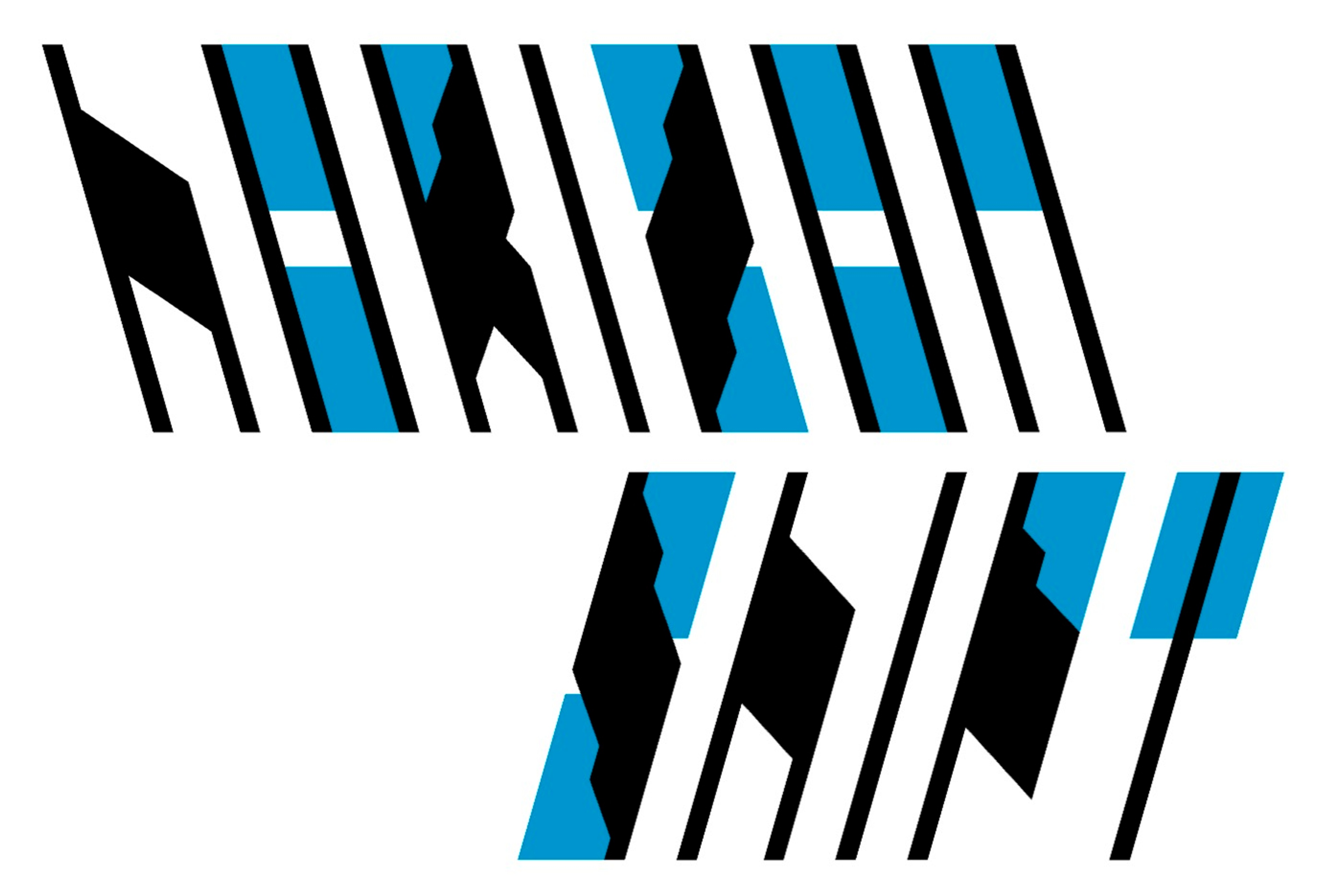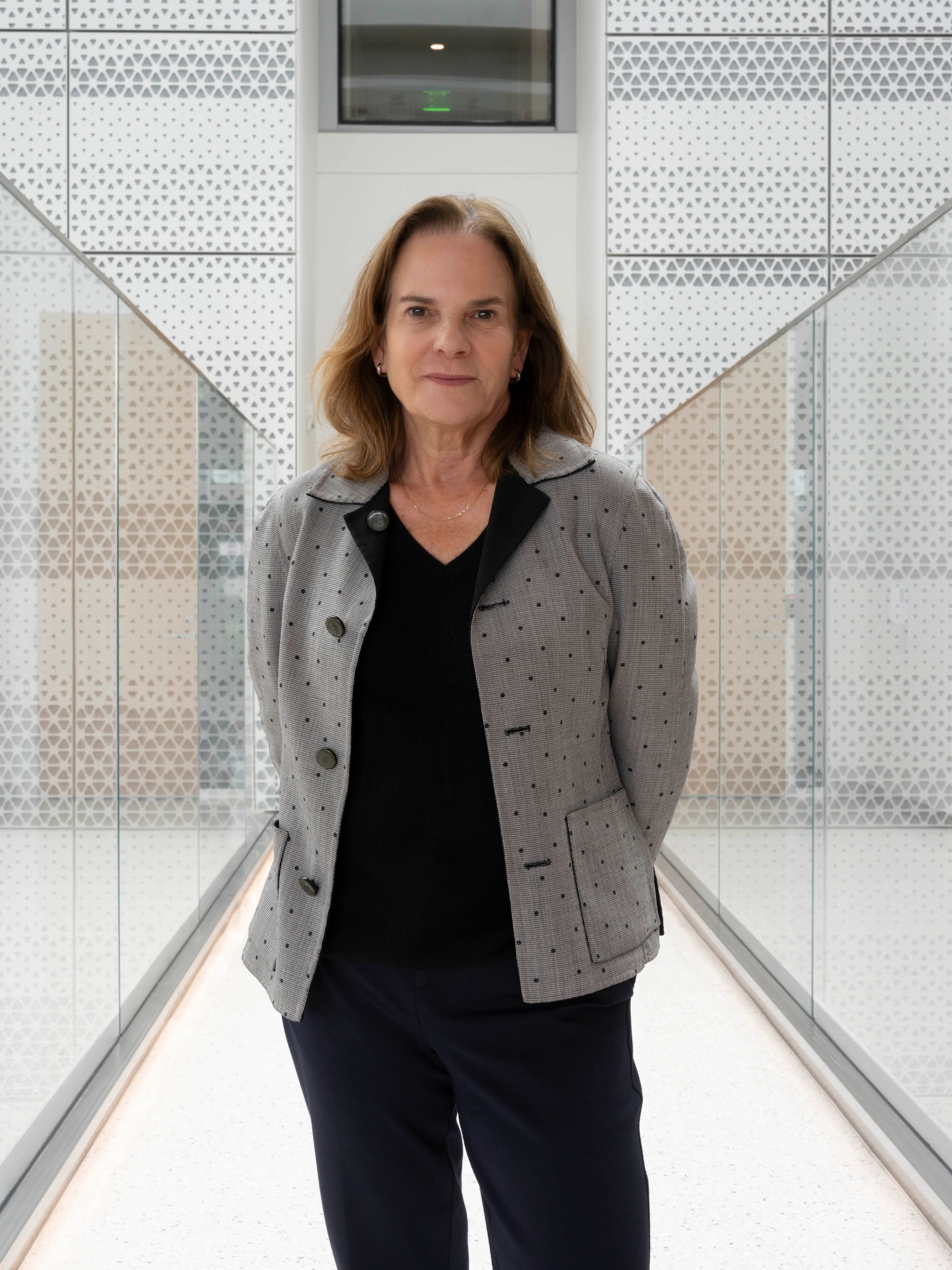KIARA NIRGHIN


KIARA NIRGHIN
Words: 949
Estimated reading time: 5M
By Hannah Ongley
In 2016, then-teen Kiara Nirghin won the Google Science Fair Grand Prize for a homemade polymer she created to address drought in her home country of South Africa. Now 23, the visionary technologist, Stanford alum, and sustainability advocate is working at the forefront of generative AI—not only effectively but also ethically and with the environment in mind. With Chima, the company she launched with her sister, Kiara envisions a future where AI development is diverse, sustainable, and beneficial for society as a whole.
For Kiara, it isn’t just about the tech—it’s about who gets to wield and shape it. She emphasizes the importance of making AI accessible, and the need for more female voices in its development. “The work that we’ve done has sort of plateaued in [terms of] numbers, which gets me excited because it means we have more work to do,” she says, referring to the fact that women only represent 30 percent of the workforce driving the Fourth Industrial Revolution. “We need to find different ways to approach the problem. Now we can take these new technologies and think about crazy ways to apply them.”
HANNAH ONGLEY: What inspired you to found Chima?
KIARA NIRGHIN: We saw these incredible movements in generative AI and started to understand how you actually work with them. But also, there are so few females talking about it. We had this focus on how these models are being developed and applied in a way that is not only effective but also sustainable and ethical. So we’ve taken a very lab-based approach to understanding how you advance generative AI models to achieve this at scale.
HO: Are you seeing progress in terms of how companies are invigorating their workplace culture and gaining a competitive advantage by utilizing the skills of Gen Z?
KN: Gen Z is entering the workforce stronger than ever, and they are going to be the biggest users of these models and tools. What does that mean, truly, for the future of our society? The ways that young people use tools like ChatGPT, for example, are just incredible. They’re changing the nature of what they’re doing, but also what new jobs are coming up. It’s a huge responsibility.
HO: What are examples of work you’re doing to expose people to AI technologies who might not necessarily have access to them?
One answer is age-old: Allowing young girls to feel like they can speak up in classrooms and can have roles and careers in computer science. Especially coming from South Africa, young women don’t even feel like they can be in a science classroom. When you take a step back and think about the next age of technology, that seems like such a far reach for them. Really strong Wi-Fi and access to education—computer science at a K-12 level—are still barriers. You cannot run large-scale models, even ChatGPT, with a poor Wi-Fi connection, which means over 35 to 48 percent of young women in South Africa do not even have access to AI.
HO: You’ve spoken about how generative AI models are obviously not inherently energy efficient, but that using more energy-efficient AI technologies can work to a company’s advantage. What are you optimistic about in that respect?
KN: Generative AI models run on GPUs, which are 80 percent more resource intensive than CPUs, meaning every time we are doing any inference in a large language model, the amount of carbon emissions is absolutely incredible—in a bad way! But then you take a step back, and see that Nvidia is now the biggest privately held company, and all they do is produce GPUs. And so, the speed at which the world is moving is not climate change efficient.
I’ve always been a proponent of working with the private sector. How can you leap from a hardware issue that is taking place right now to using their models to cut back on the amount of energy used? So, when working with a hardware infrastructure company, understanding how they can apply those models to reduce their carbon footprint on their supply chain. It’s an incredibly exciting time to think about how this runaway train that the private sector is investing in so heavily is being applied to climate change.
HO: Is there still a belief that exists that being more sustainable and energy efficient somehow equals being less technologically advanced?
KN: I would not like to live my life thinking that’s true. I think that being technologically advanced will always have the best output if we get as many voices developing and creating the technology as possible. That’s why we need more females developing these models. I believe that technology needs to move forward, but I also think that technology can have a positive impact. The more people who develop it and make sure it is having that impact, the better.
PHOTOGRAPHY
LUCAS FOGILA
HAIR AND MAKEUP
HIROKO CLAUS AT EXCLUSIVE ARTISTS
Beyond Noise 2025
PHOTOGRAPHY
LUCAS FOGILA
HAIR AND MAKEUP
HIROKO CLAUS AT EXCLUSIVE ARTISTS
Beyond Noise 2025
